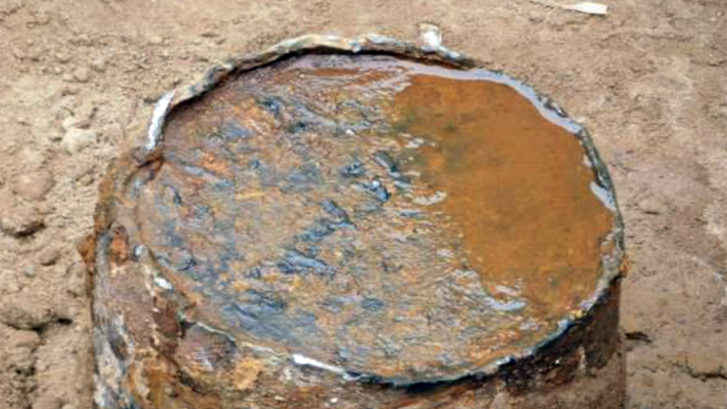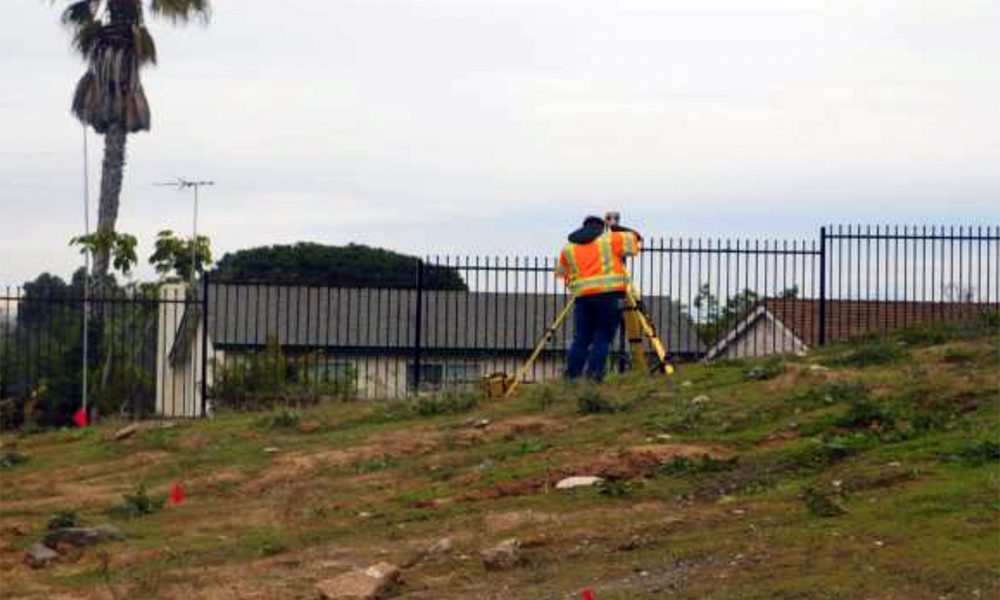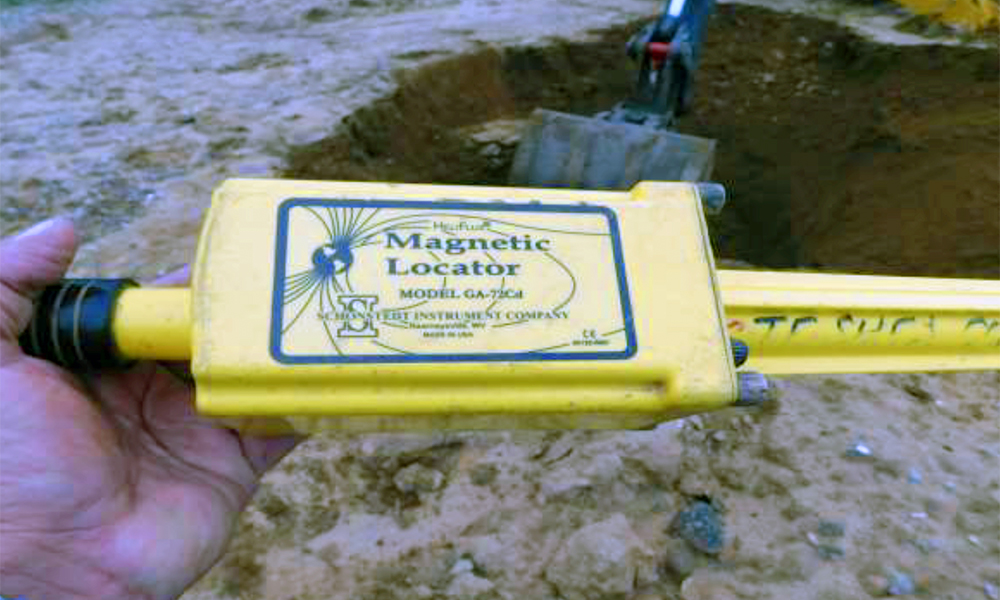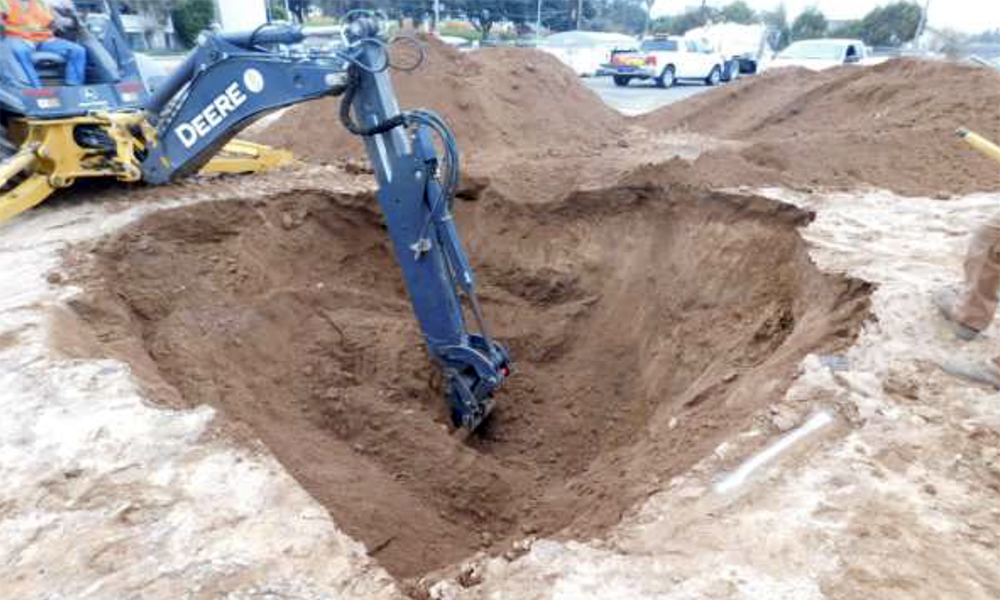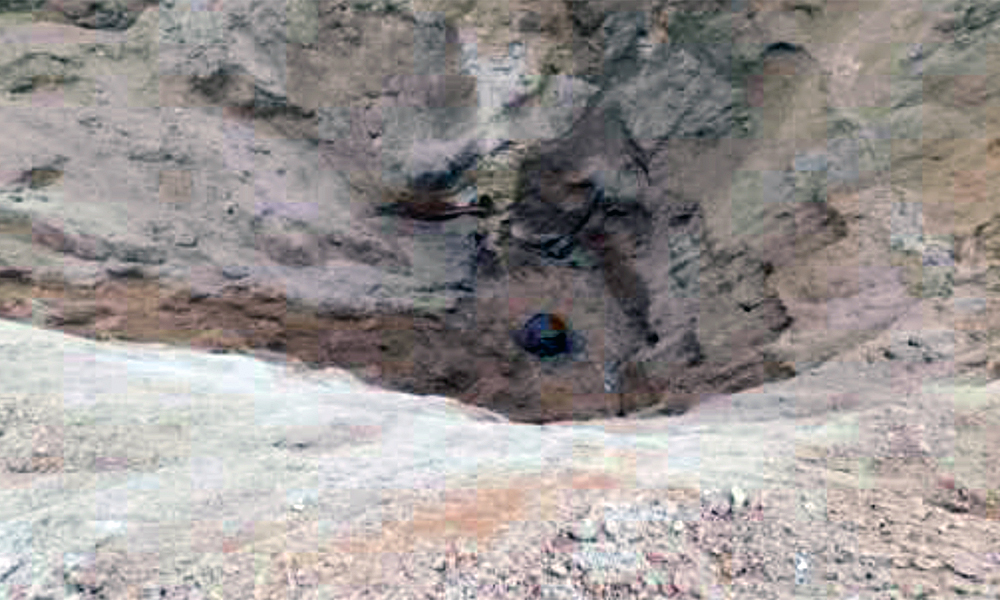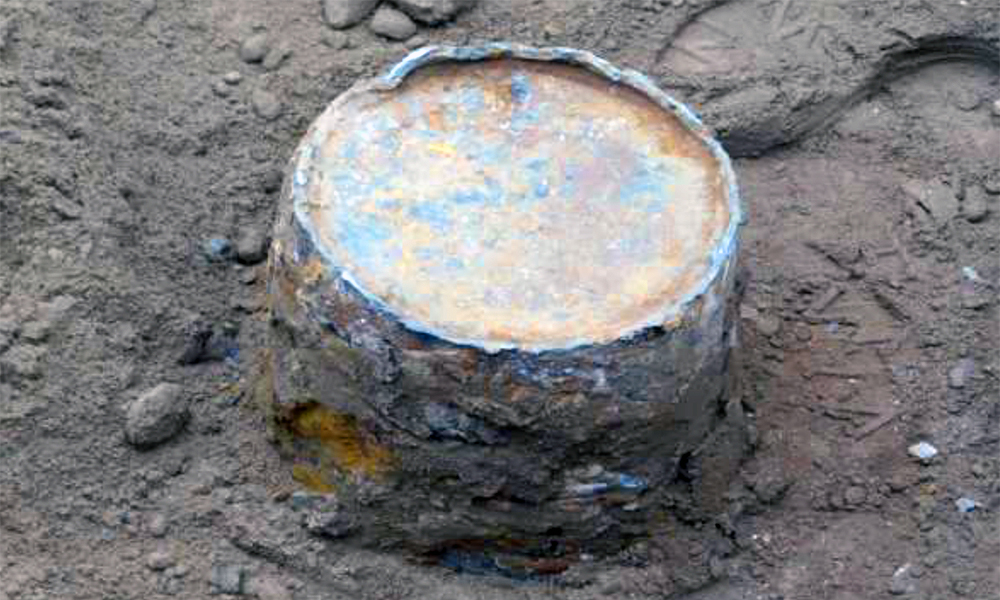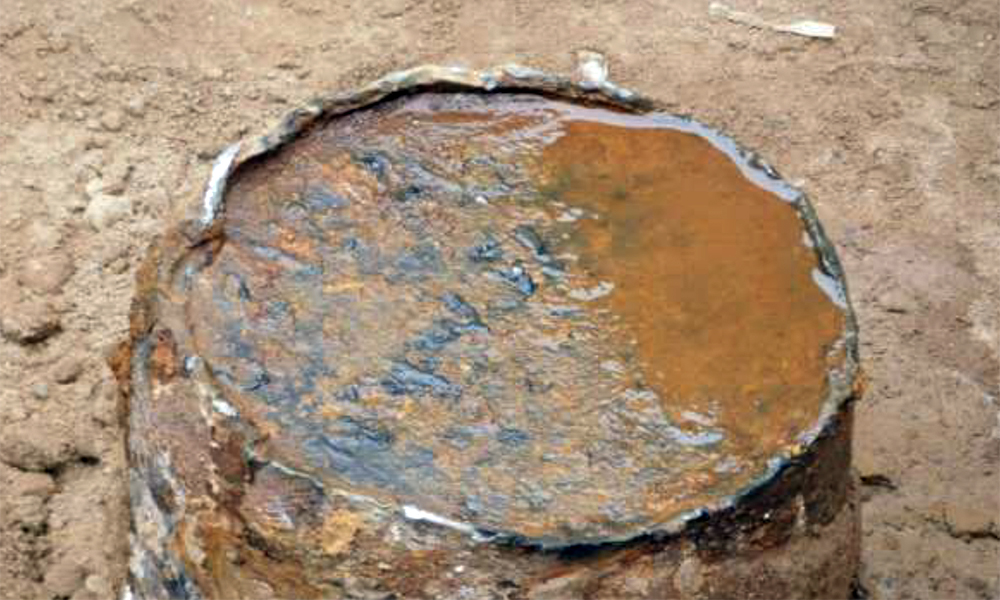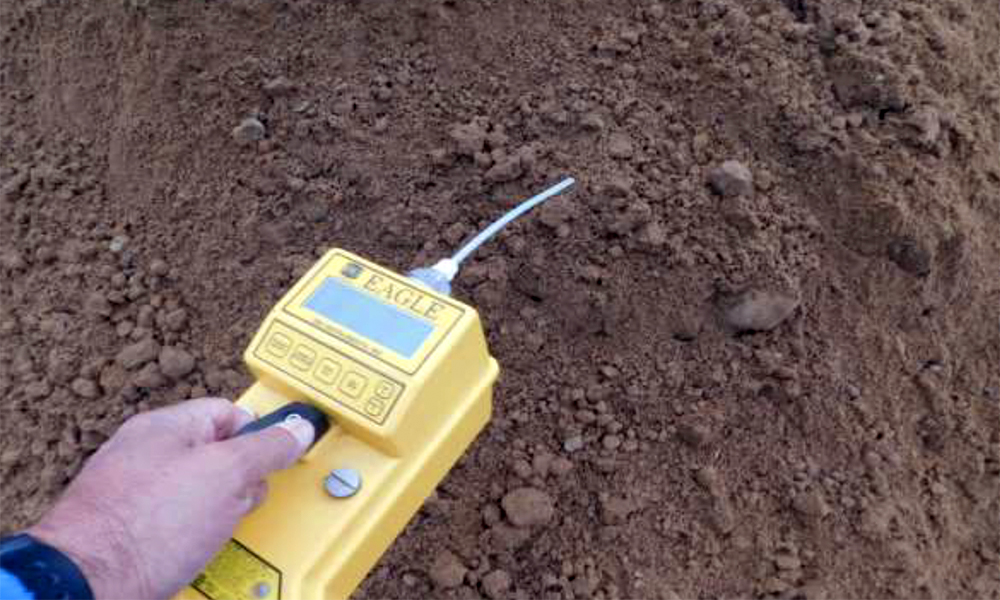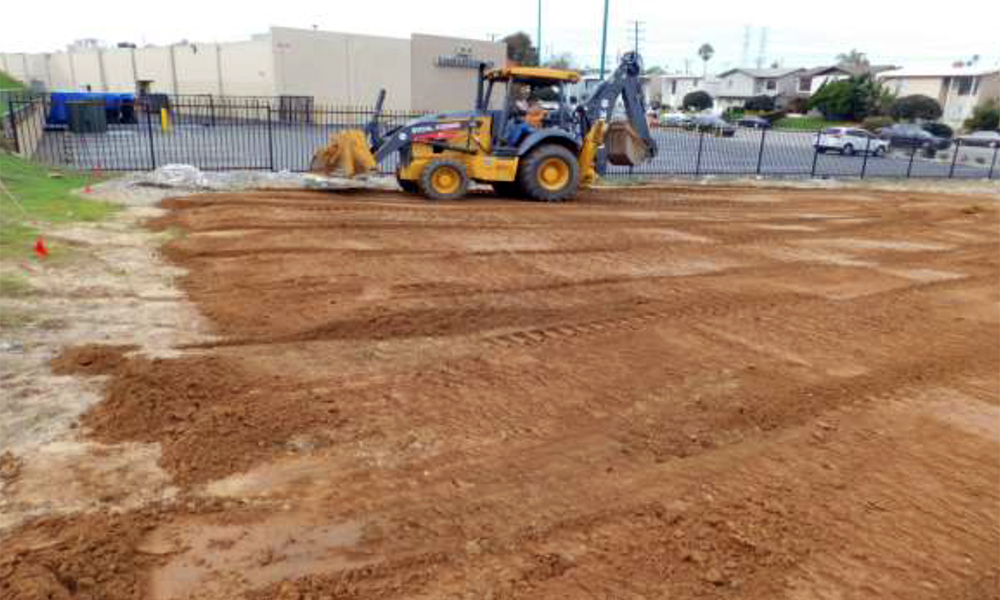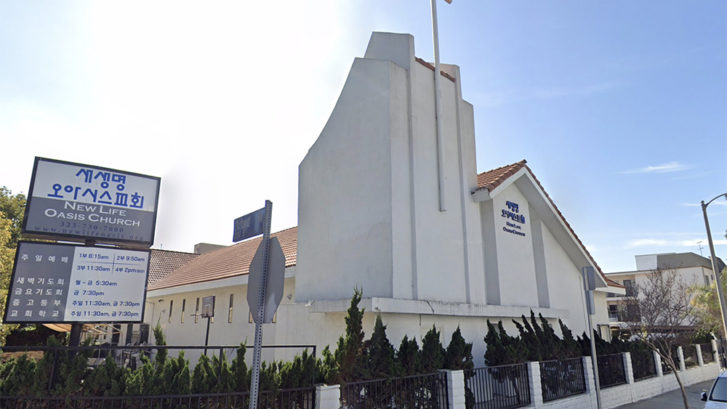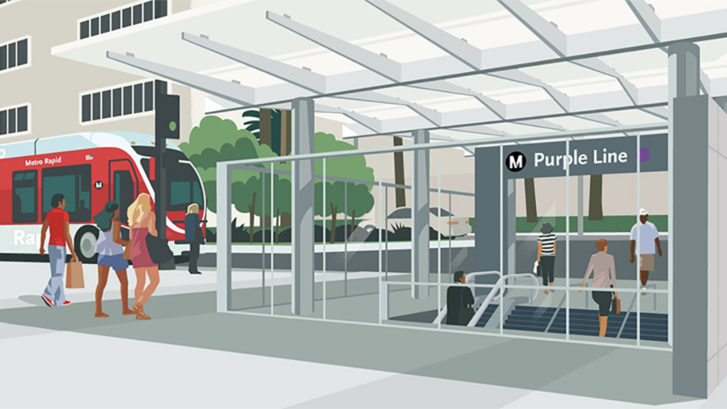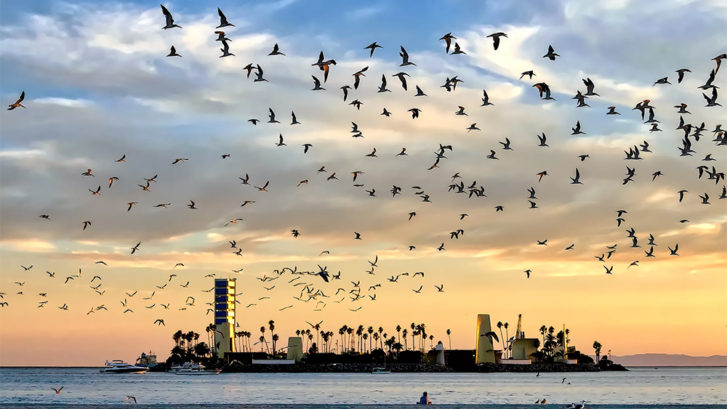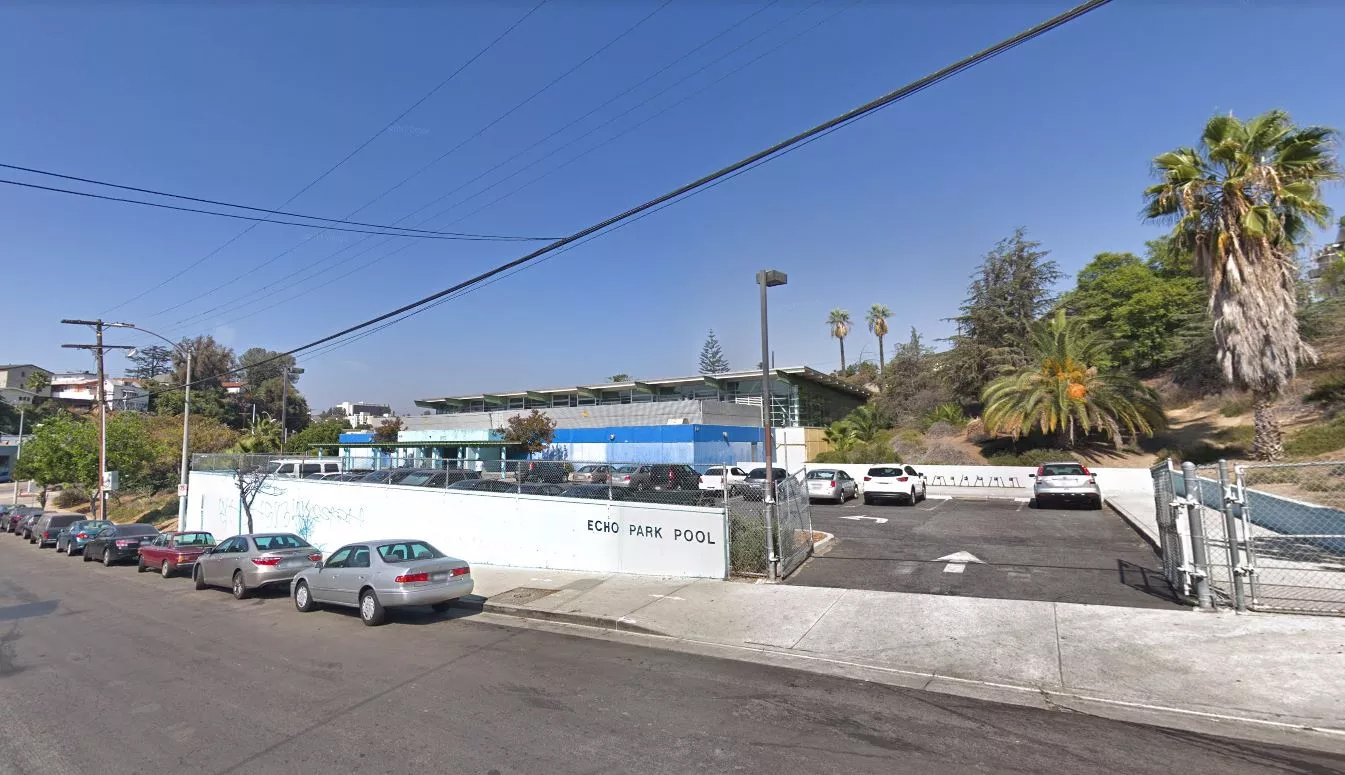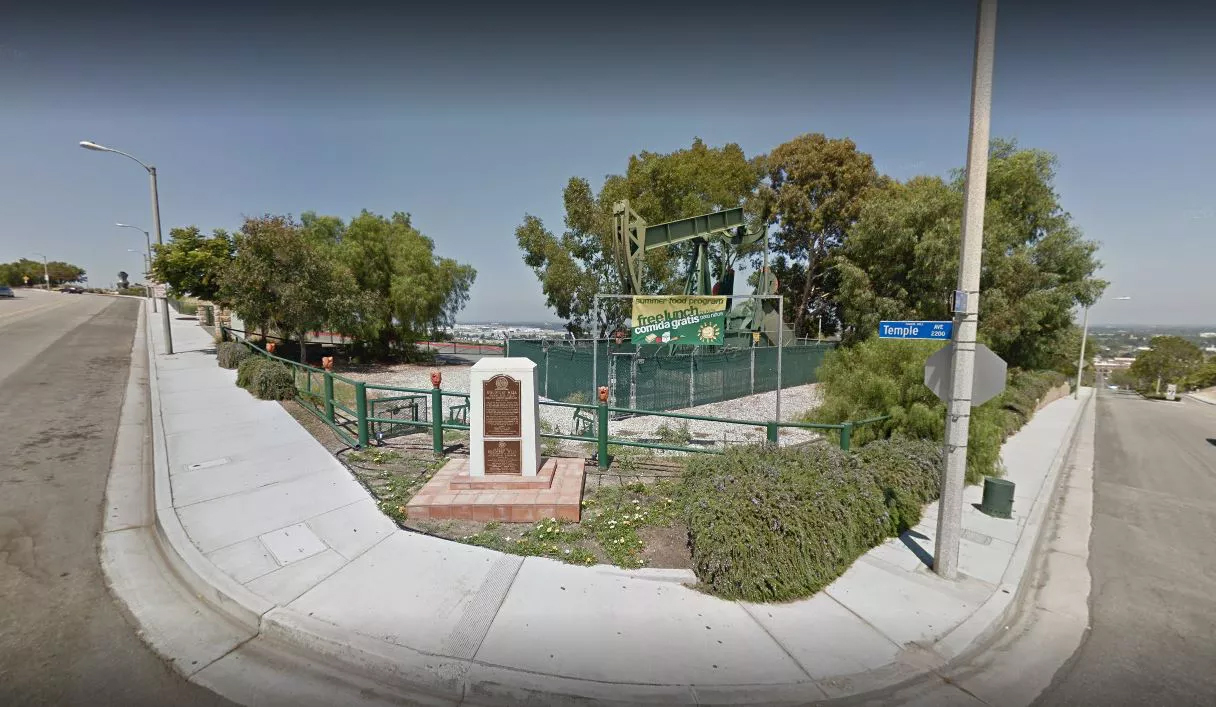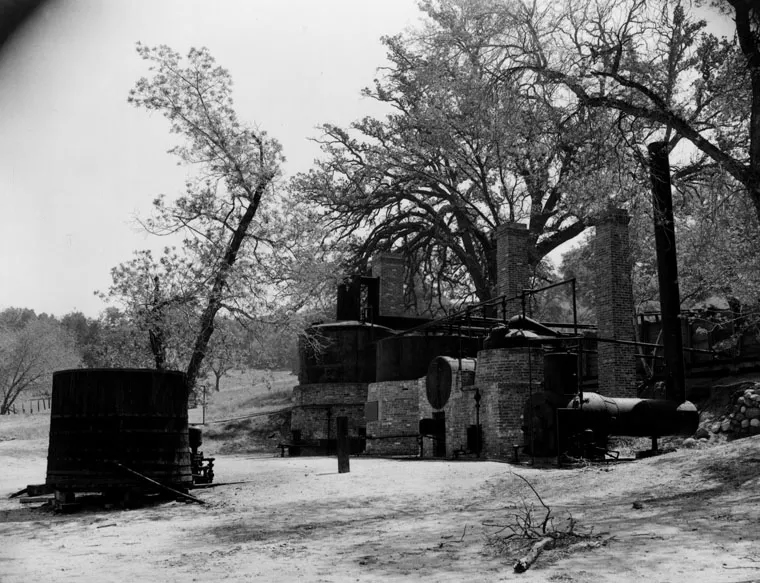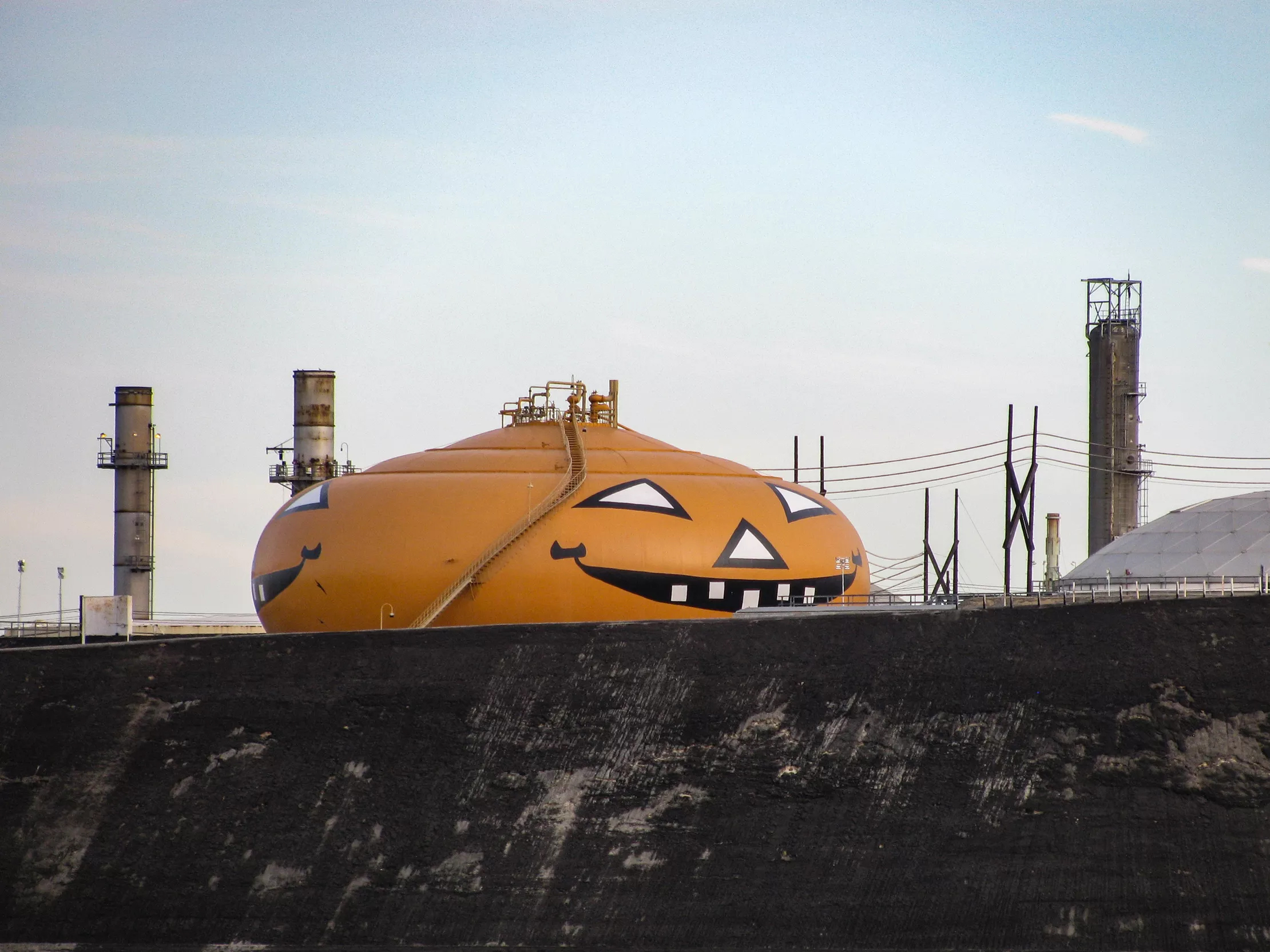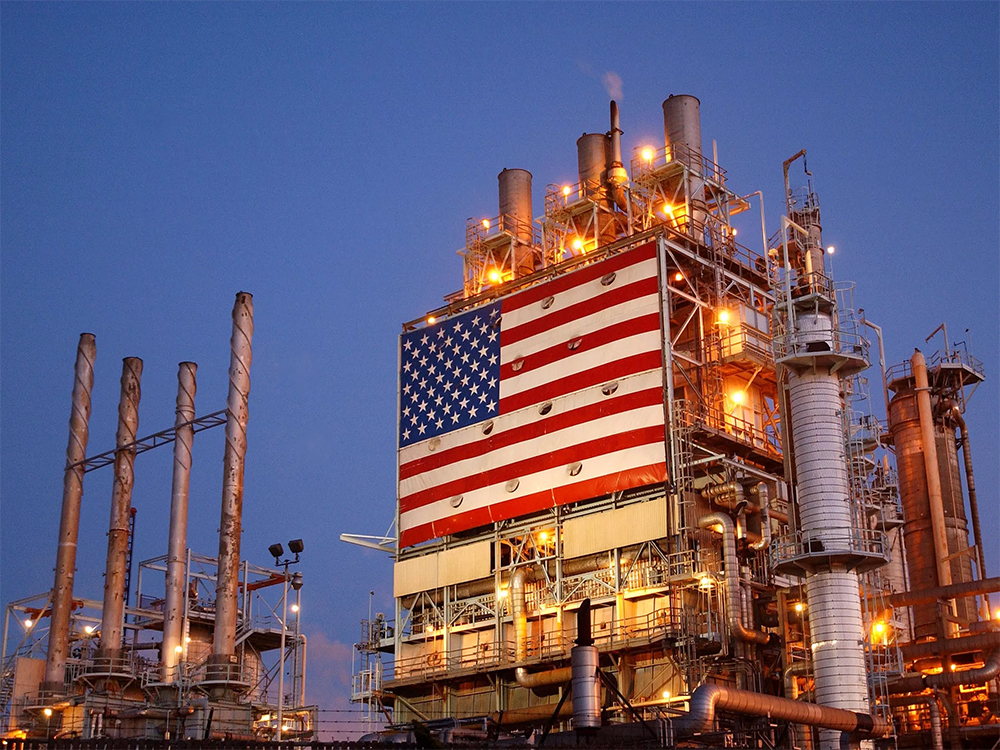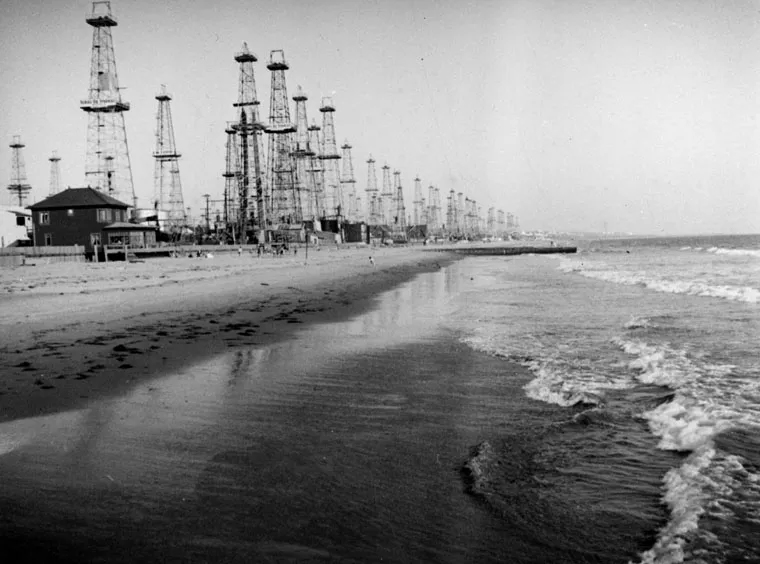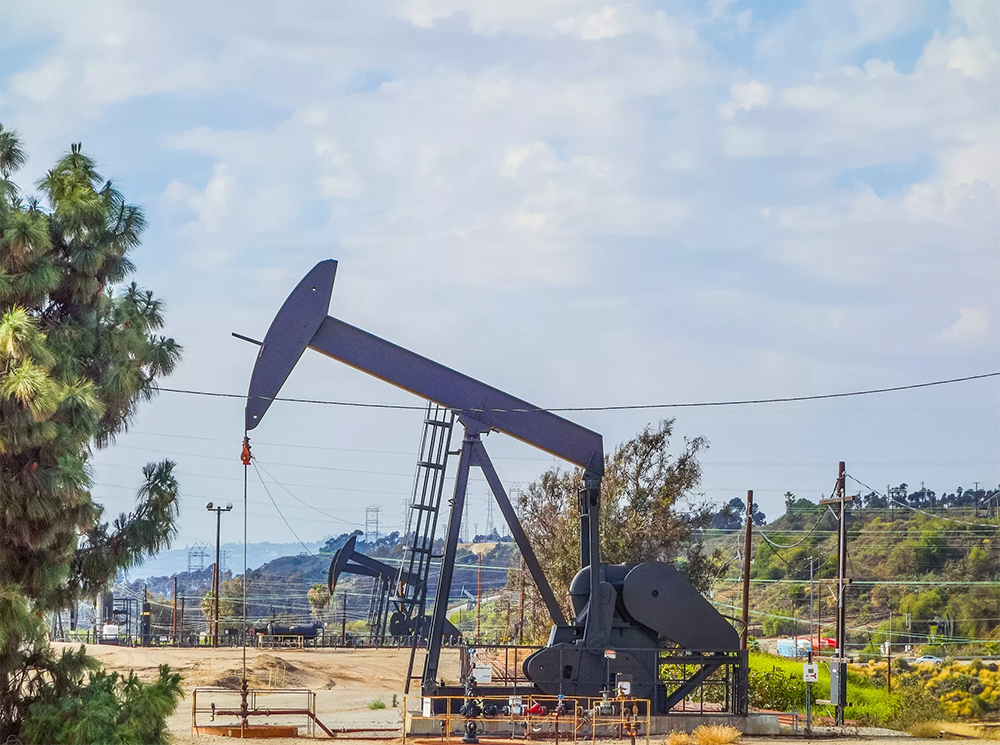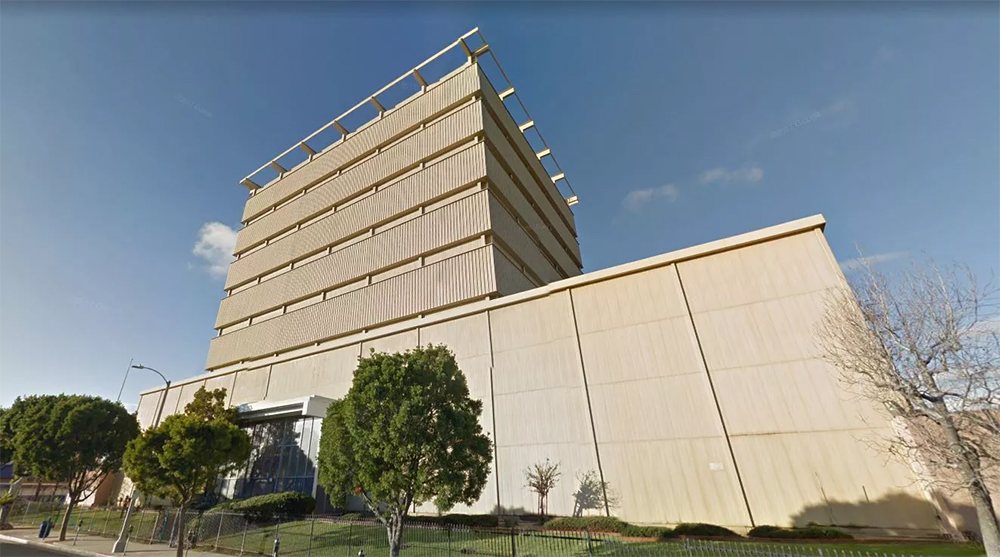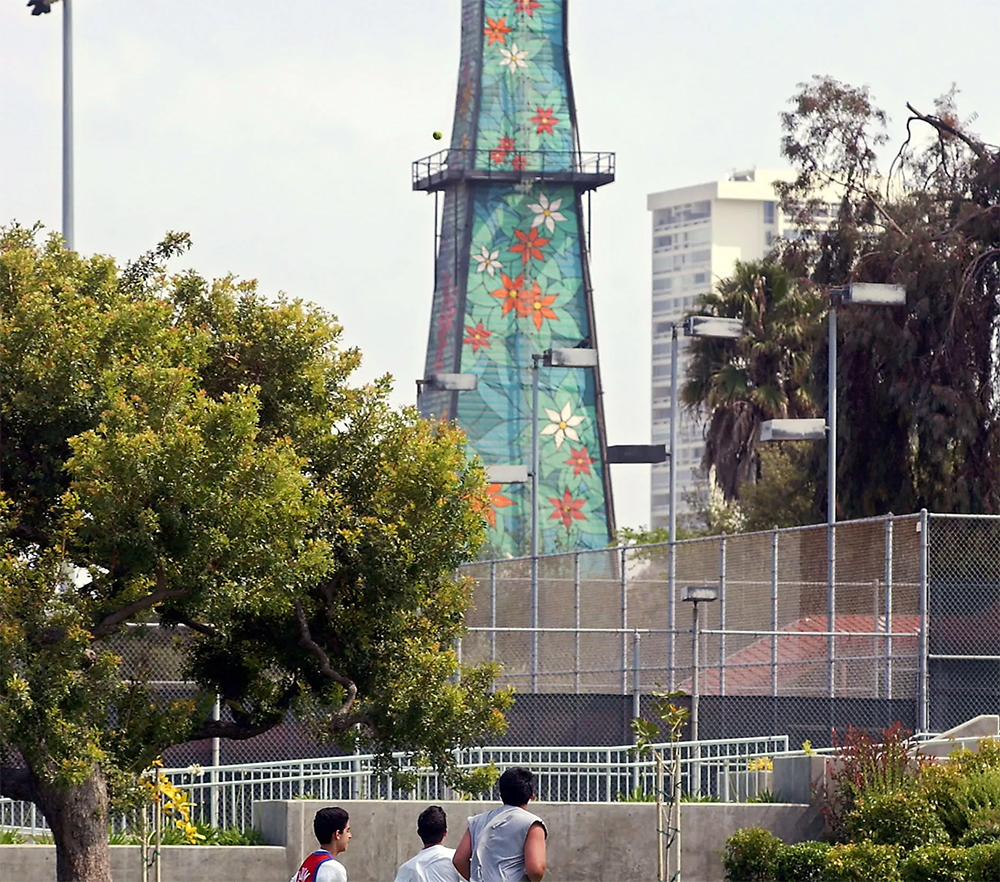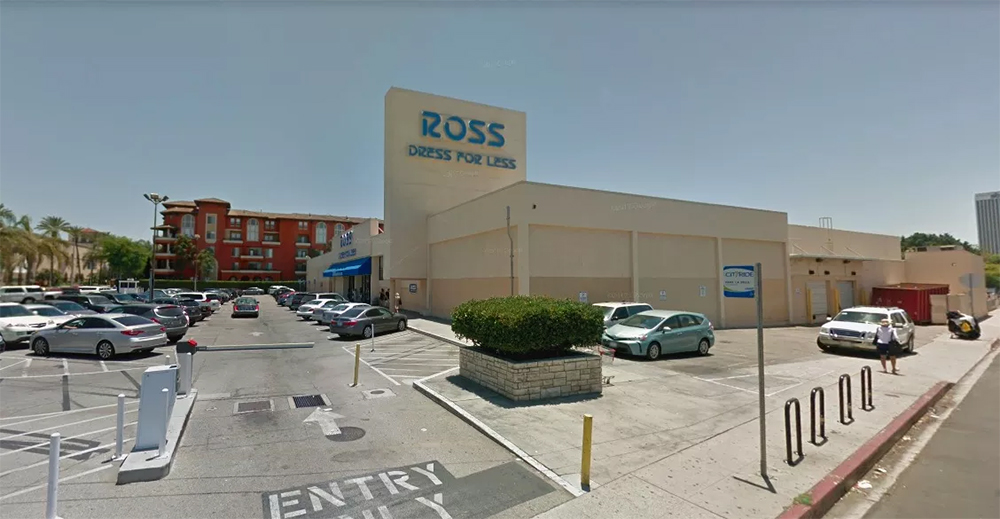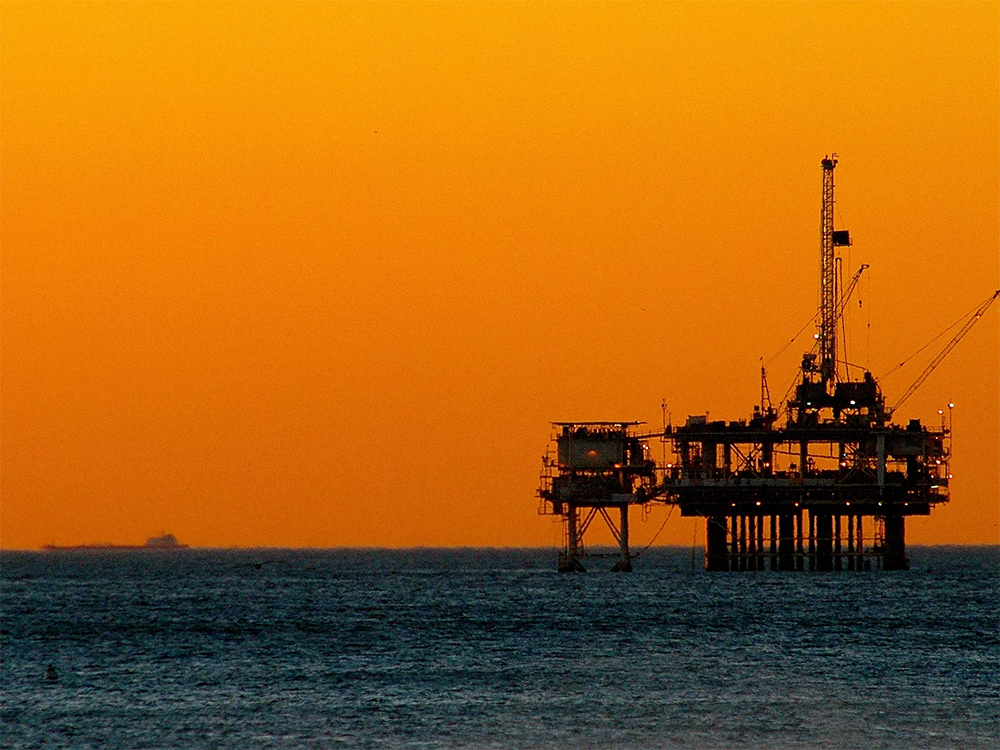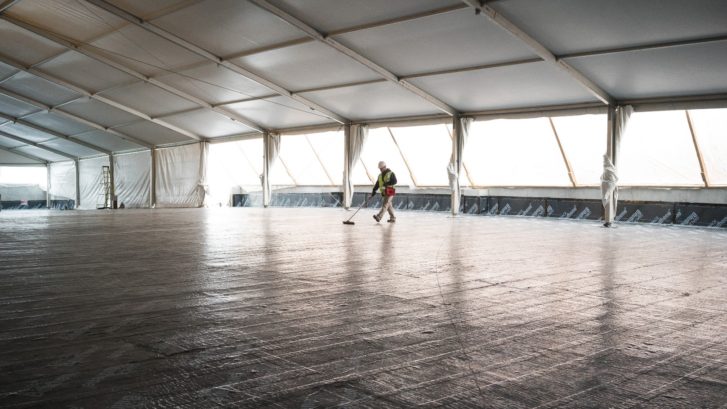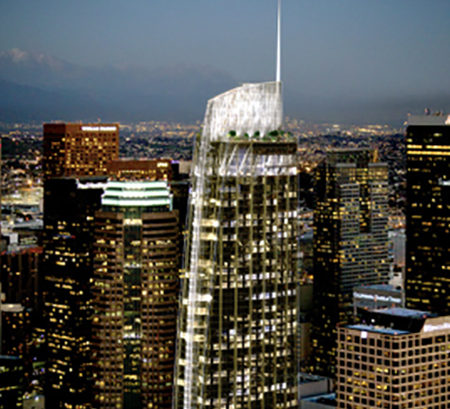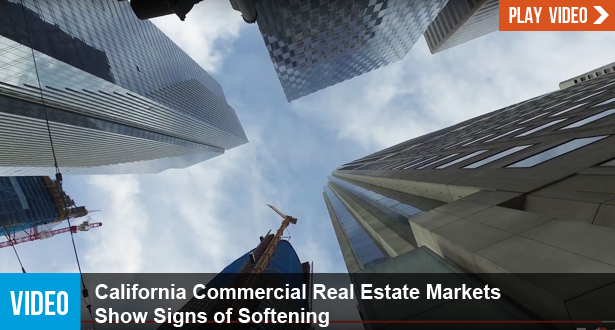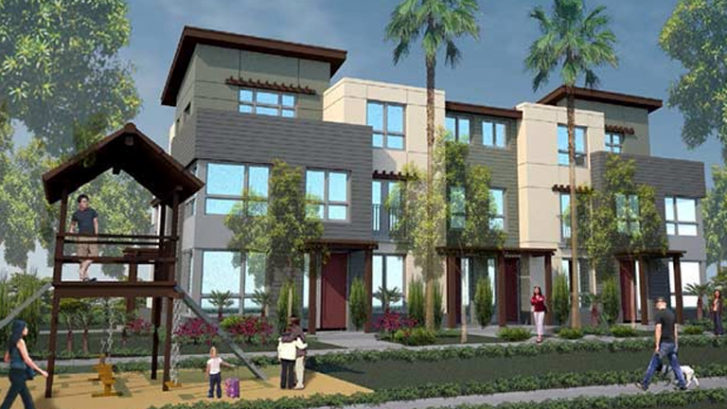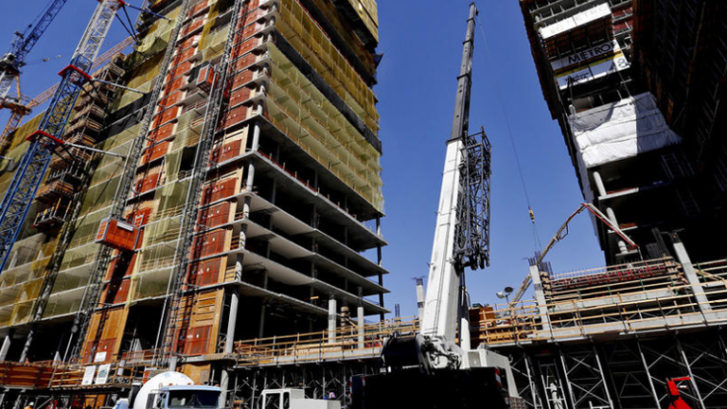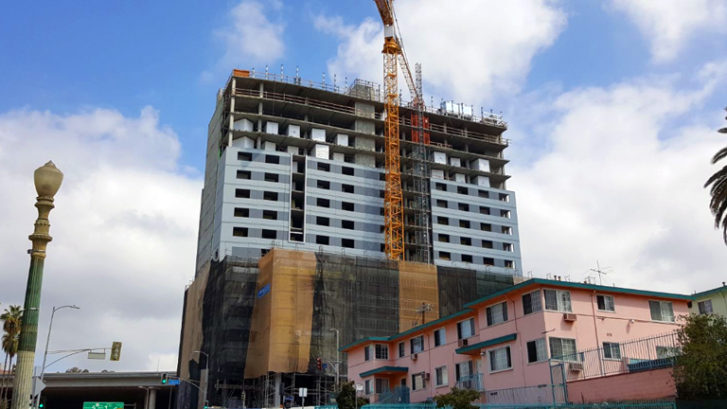Abandoned Oil Well Leak Test – Redondo Beach, CA
ABANDONED OIL WELL CONSULTATION, INSPECTION AND TESTING
Terra-Petra was recently hired to by the developer of a Redondo Beach property to consult on all California Department of Conservation, Geologic Energy Management Division (CalGEM) requirements associated with the potential discovery of an old abandoned oil well on their property.
Historical records and photos identified the oil well within the property boundaries, however, previous efforts to locate the well by the developer proved fruitless.
Once engaged by the client Terra-Petra employed our standard process for well locations which we call our “oil well due diligence”.
STEP 1 - Geophysical Survey
The first step in the process is to conduct a geophysical survey of the site. Oil Wells can be identified by the magnetic anomaly that shows up when conducting this work given that their casings are usually constructed of steel. Steel cased oil Wells have a specific “signature” that is very distinct from other metallic objects such as buried pipe or equipment. It becomes very apparent in the mapping system when an oil well is present.
STEP 2 - Oil Well Excavation
The second stage of the process is to physically locate the well by excavating and uncovering it. We inspect the integrity of the casing and the surface plug (if present). Once this is done, we notify the local CalGEM representative that we have located a well and that we will be conducting the leak testing.
STEP 3 - Oil Well Leak Test
We then conduct a leak test at the well casing to identify if any fugitive gasses are emanating from the casing. The precise location of the oil well is then surveyed in by our survey crew and plotted on a site plan per CalGEM’s standards.
STEP 4 - Final Inspection & Client Summary Report
All information from our activities are compiled into a summary report and provided to the client for distribution to the appropriate agencies.


